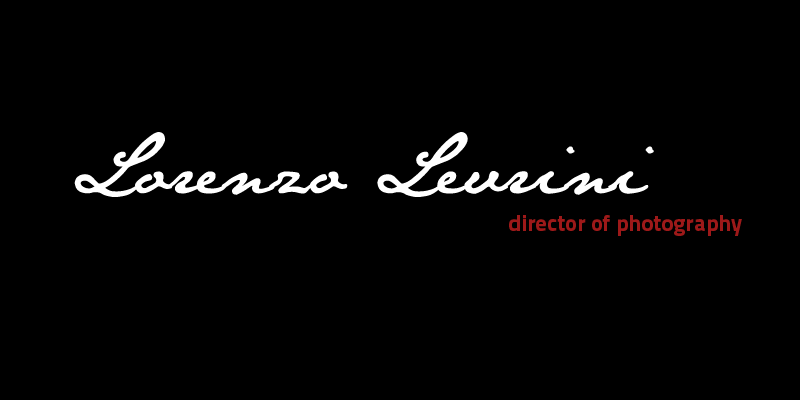The intersection of preparation and spontaneity

Of course you want spontaneity in the creative process. Of course you want to be able to respond to situations as they evolve rather than be tied to a strict plan that doesn’t allow you to react organically to beautiful accidents, serendipitous visuals and unexpected chemistry. But the truth of the battlefield is that a film set has to run to the clock, decisions have to taken quickly, and we have to make the day.
So however romantically you envision this organic response to unexpected elements, how it’s really going to go when something, for better or for worse, doesn’t go to plan, is you and the other key creative players are going to have to make quick impulsive decisions. And the question is, when you make these decisions, are you going to be able to make them in a way that is in harmony with the director’s vision and intent, and with the essence of the material?
You might have to change a camera angle in light of a last minute blocking amendment. This might be quite simple to do in harmony with the essence of the film. But when it starts pouring down and you have to move your epic field scene into a barn, you’ve now got less time for the scene than scheduled but it still has to fulfil a precise function in the narrative, and best of all, you - along with the director and other HODs - have a matter of minutes to decide how to do it, it gets a tad more challenging to stay true to the material.
Whether changing the camera angle for the blocking or moving a field scene into a barn at the last minute, we are dipping into our personal accumulated instincts of the craft. Impressive though your impulse solution may be, it is more than likely to be wrong for this specific situation, and this specific film.
The only solution is to build up, in pre-production, with the director and other HODs, a baseline of collectively accumulated visual and stylistic patois for this specific film. Call it a visual language, call it an approach, it’s the thing that will allow your gut instinct to save your ass. For when things don’t go to plan, you will be stripped of your specific preparation and have to start from the bottom. If you have managed to build up a general preparation, this bottom will not be zero but a baseline visual language, particular to this film and true to its essence and intent as discussed with the director.
L.
Rome, 18th December 2011
PS. This is my first blog post. I don’t know what this blog will become, but there is a good chance it will develop into a blend of technical and lightly philosophical (nothing dogmatic – it could lose me work!) musings on cinematography.

